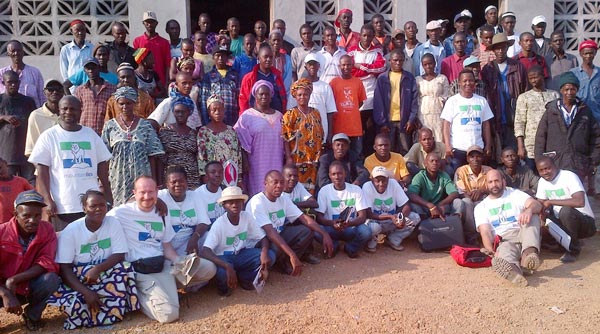Any bid to change the zoning at the Jigs Hollow gravel pit will likely need to include a full study of its impact on the heritage attributes of the surrounding area.
Woolwich is leaning in that direction in advance of talks with the pit operator, which is expected to apply for below-water-table extraction at the site. No gravel has been mined from the Winterbourne Valley location, as higher-than-expected groundwater levels have called into question current plans for the pit, approved over objections from residents.
Addressing council Tuesday night, Winterbourne’s Laurie Breed called for a cultural heritage impact study as part of the review should the operator apply for a zone change.
She pointed to a list of old buildings still standing in the vicinity, including a pioneer log house and an old log structure that may have been the original school. As well, there’s the black settlement area (1828-36), an old inn (pre-1859), Presbyterian manse (1854), blacksmith shop (1869), old store and post office (1867), Chalmers church (1870), and schoolhouse (1872), along with a number of 19th century farmsteads.
“What you have here are the makings of an entire village,” she said, adding there exists little protection for those heritage resources left from the early English and Scottish settlers.
While the township had not been considering a heritage impact study, it’s now “virtually there” due to the findings of a similar study for a nearby gravel pit application, said director of engineering and planning Dan Kennaley. The Hunder Developments application for a site closer to Conestogo was eventually rejected, but studies showed there are three cultural heritage landscapes in the vicinity, one of them in Winterbourne.
“We are leaning towards requiring a cultural heritage landscape study as well,” he said of the rezoning process for the Jigs Hollow operation.
As well, the applicant would be expected to provide studies related to the water table and hydrogeological data, noise, dust and traffic impacts.
“They would be starting all over,” said Kennaley of the process, which took several years to play out last time and ultimately ended up before the Ontario Municipal Board, a quasi-judicial appeals venue.
Pointing out that a below-water-table operation would lead to permanent changes in the valley, Coun. Bonnie Bryant agreed with the need for a heritage study, among others.
“We can’t afford to lose this,” she said of the heritage value, stressing the potential permanent loss of tourism dollars.
Breed earlier noted the area includes a heritage driving tour and is a favourite spot for sightseers. As well, the area and its century-old steel bridge are included in a registry of filming locations due to its unspoiled nature.
If included in the process, the impact studies would look at built environment, archaeological resources and the cultural heritage landscape. Kennaley noted, however, that there’s a possibility none of those resources would be deemed pertinent to the specific gravel pit application.
The township expects to meet again with Preston Sand and Gravel representatives to discuss the issue in more detail, likely early in the new year.









